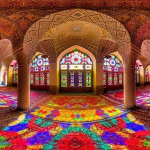There are a lot of cool things to do in Kathmandu, with watching a Nepalese funeral at the Pashupatinath Temple being one of the more surreal and macabre experiences.
Located on the Bagmati River the UNESCO site that is the Pashupatinath Temple offers a fascinating insight into how the Hindus of Nepal deal with death.
Is it a bit dark tourism? Well that depends on your take on things, we though do include it in our tours.
Click to read about Nepalese Cuisine.
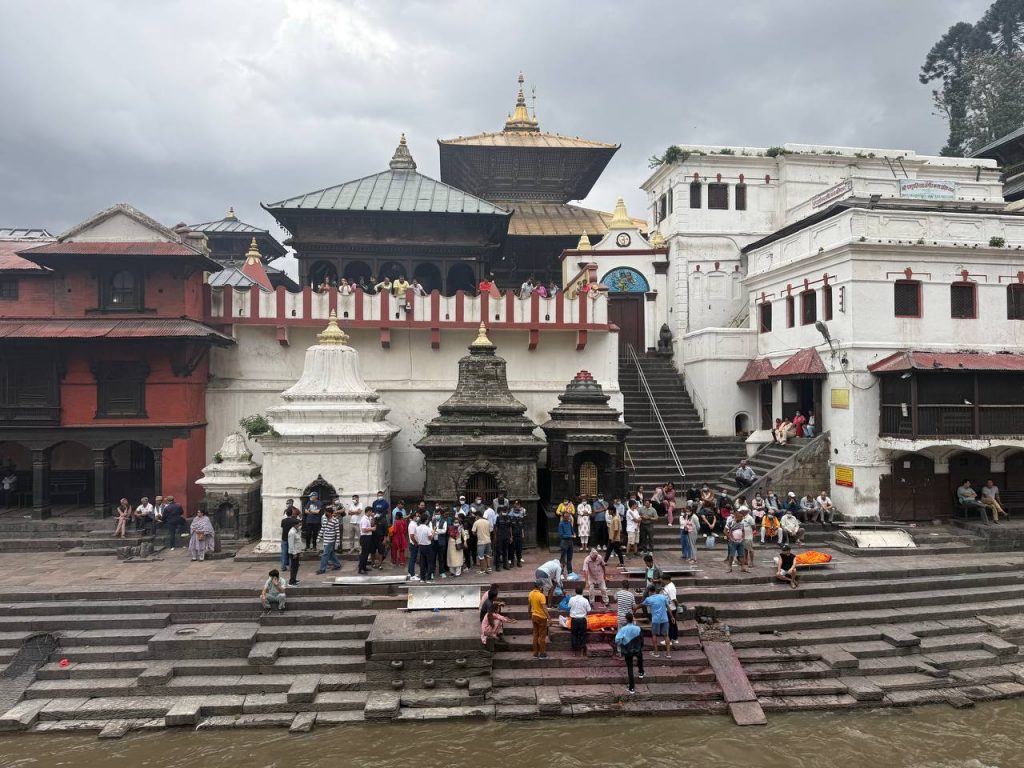
What is the Pashupatinath Temple?
The Pashupatinath Temple is the most sacred Hindu temple in Nepal and one of the most revered Shiva temples in all of Asia. Dating back to at least the 5th century, this sprawling complex sits along the Bagmati River and serves not just as a place of worship, but as the final stop for thousands of Hindus every year. It is the place to die in Nepal if you want a guaranteed shot at moksha, or liberation from the cycle of rebirth.
The temple grounds themselves are off-limits to non-Hindus, but the cremation ghats are very much visible to everyone. There are monkeys roaming about, sadhus posing for photos, and priests walking barefoot between shrines. And then there is the smoke, always the smoke, as someone is always being burned. Unlike a Western cemetery that’s cold and quiet, this is raw and alive with the business of death. You can feel it. You can smell it. You are a part of it just by being there.
And this is not a gimmick. It is not a museum. People are really dying here, and really being cremated in public. That makes it a bit of a heavy one, but also one of the most powerful things you can witness in Nepal.
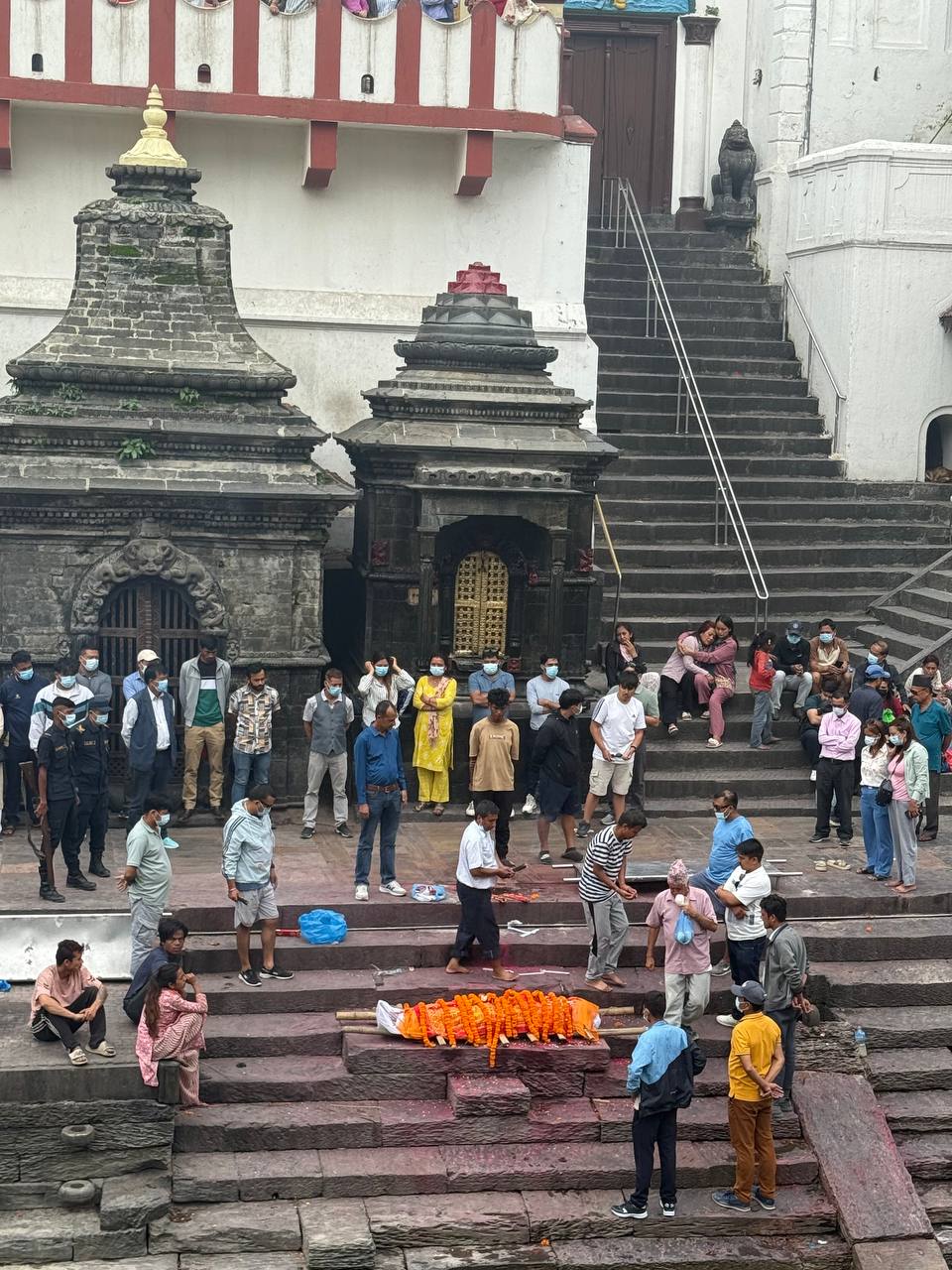
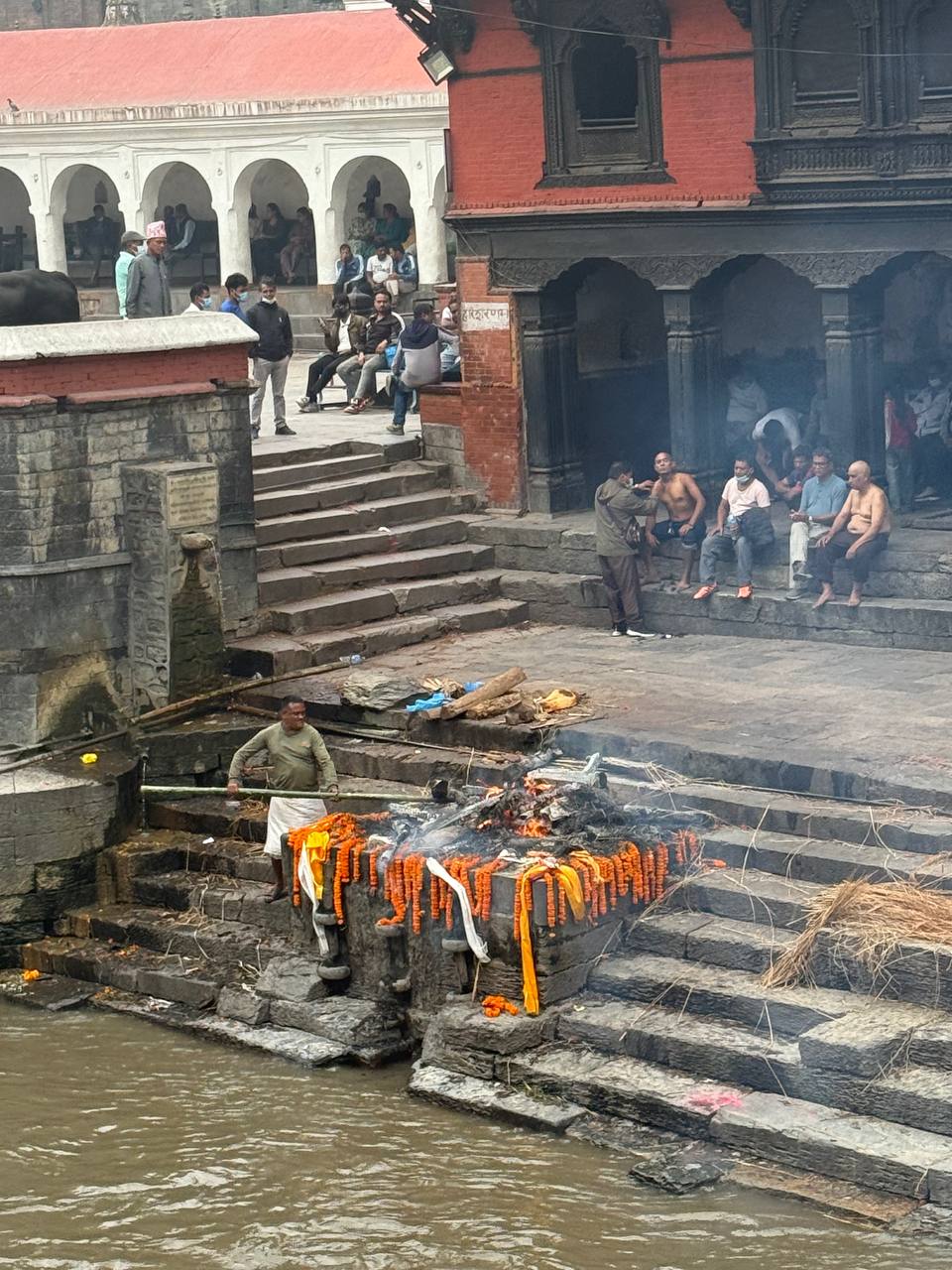
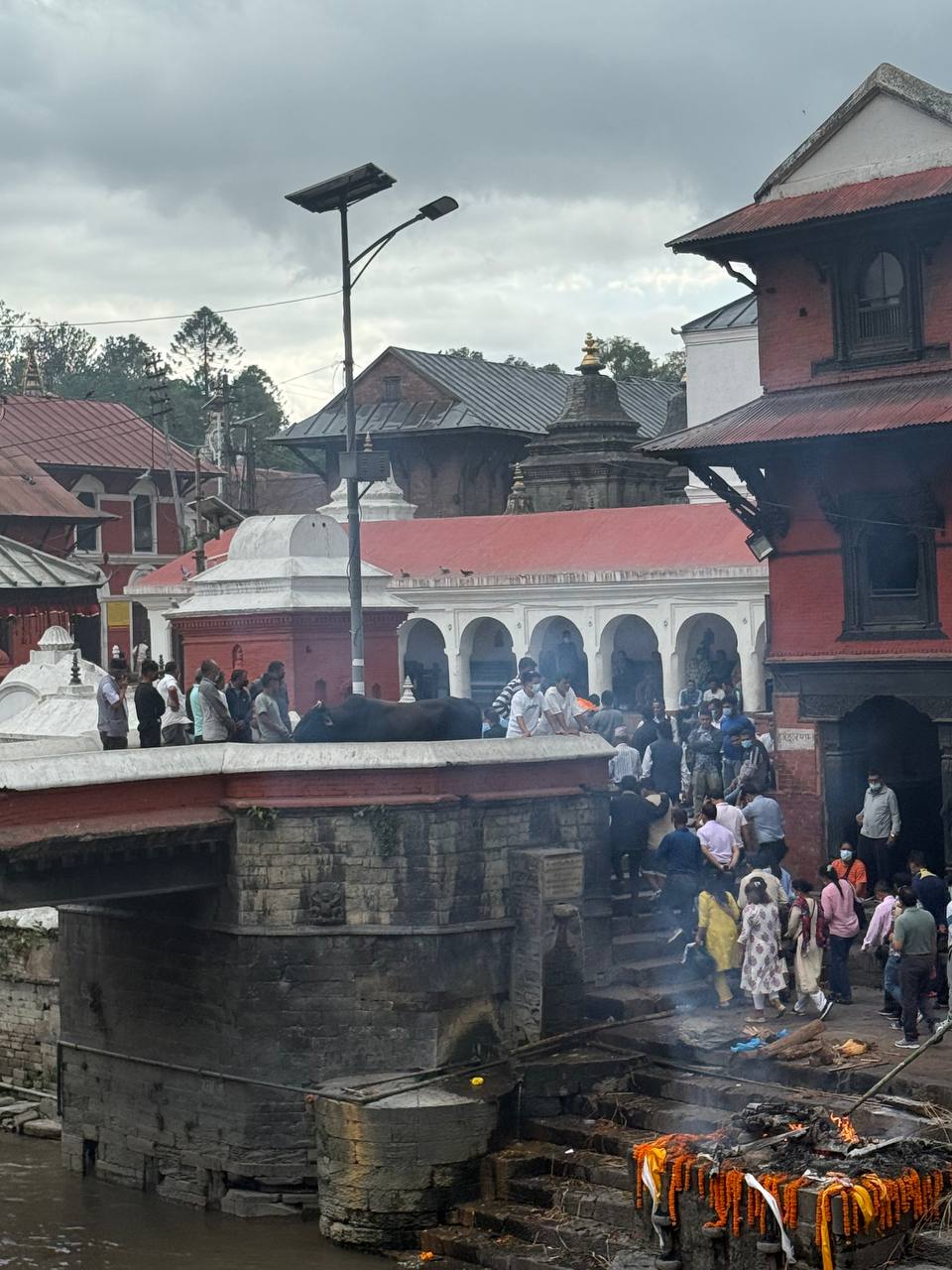
The Nepalese Funeral Ritual at Pashupatinath Temple
Funerals here are quick. A body dies and within hours it is brought to the temple. There is no embalming, no drawn-out process. The dead are wrapped in cloth, placed on a bamboo stretcher, and carried to the Bagmati River by their family. It is usually the eldest son who takes the lead, dressed in white and often with a shaved head. Before the cremation, the feet of the deceased are dipped into the river as a final cleansing.
Then comes the fire. The body is placed on a wooden pyre and set alight with flames first touching the mouth. It burns in full view of everyone, while the family stands close, sometimes sobbing, sometimes silent, sometimes chanting. There can be multiple cremations happening at the same time. Sometimes one ends and another begins right next to it. You can see the charred remains of one person as another is just being lit.
The ashes eventually get swept into the Bagmati River which carries them toward the Ganges. And just like that, it is done. No coffins, no burial plots, no gravestones. A life is honoured, then returned to nature.
It is not neat. It is not polished, but it is deeply real. And at least for those in the culture it is just normal.
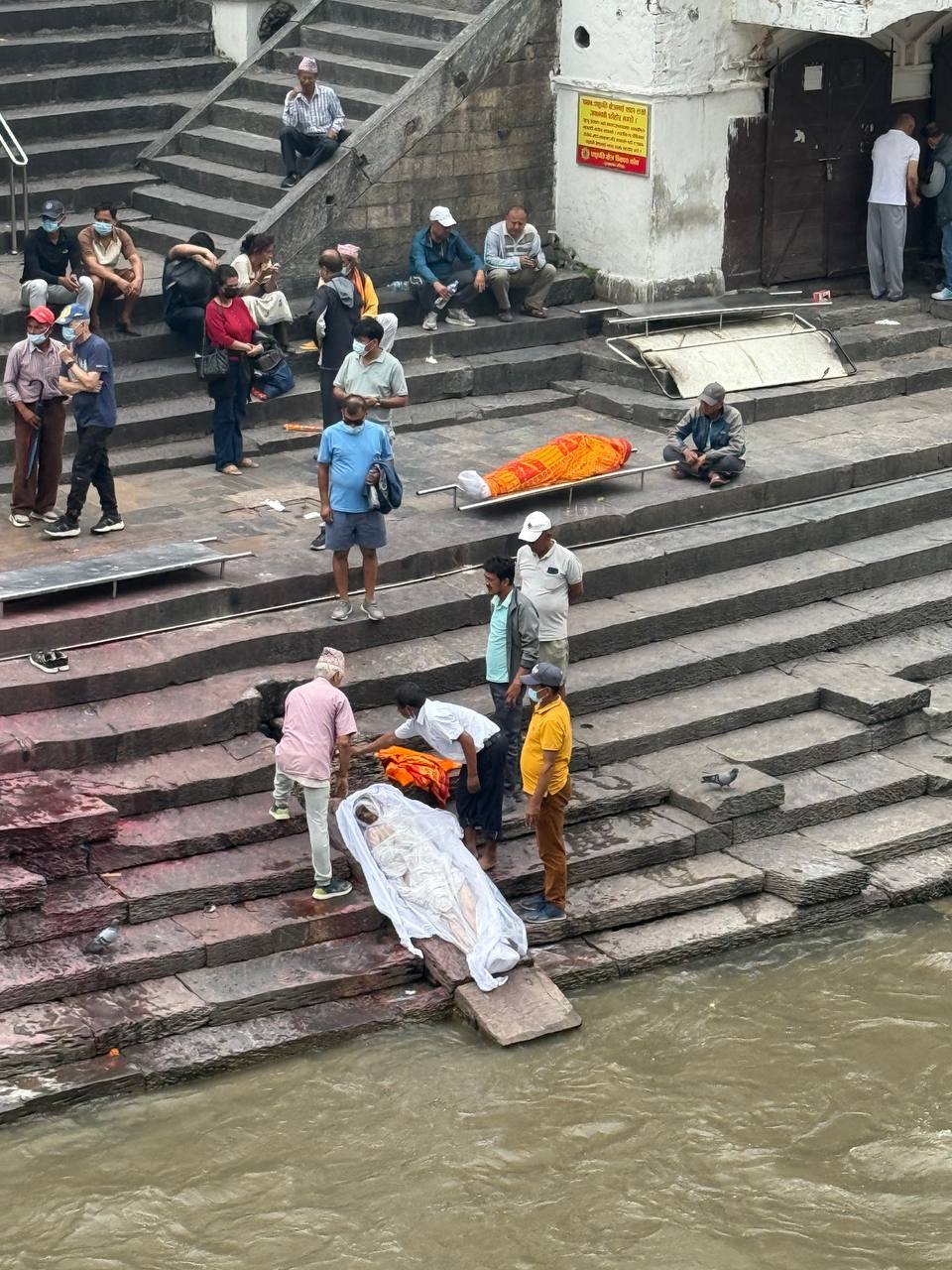
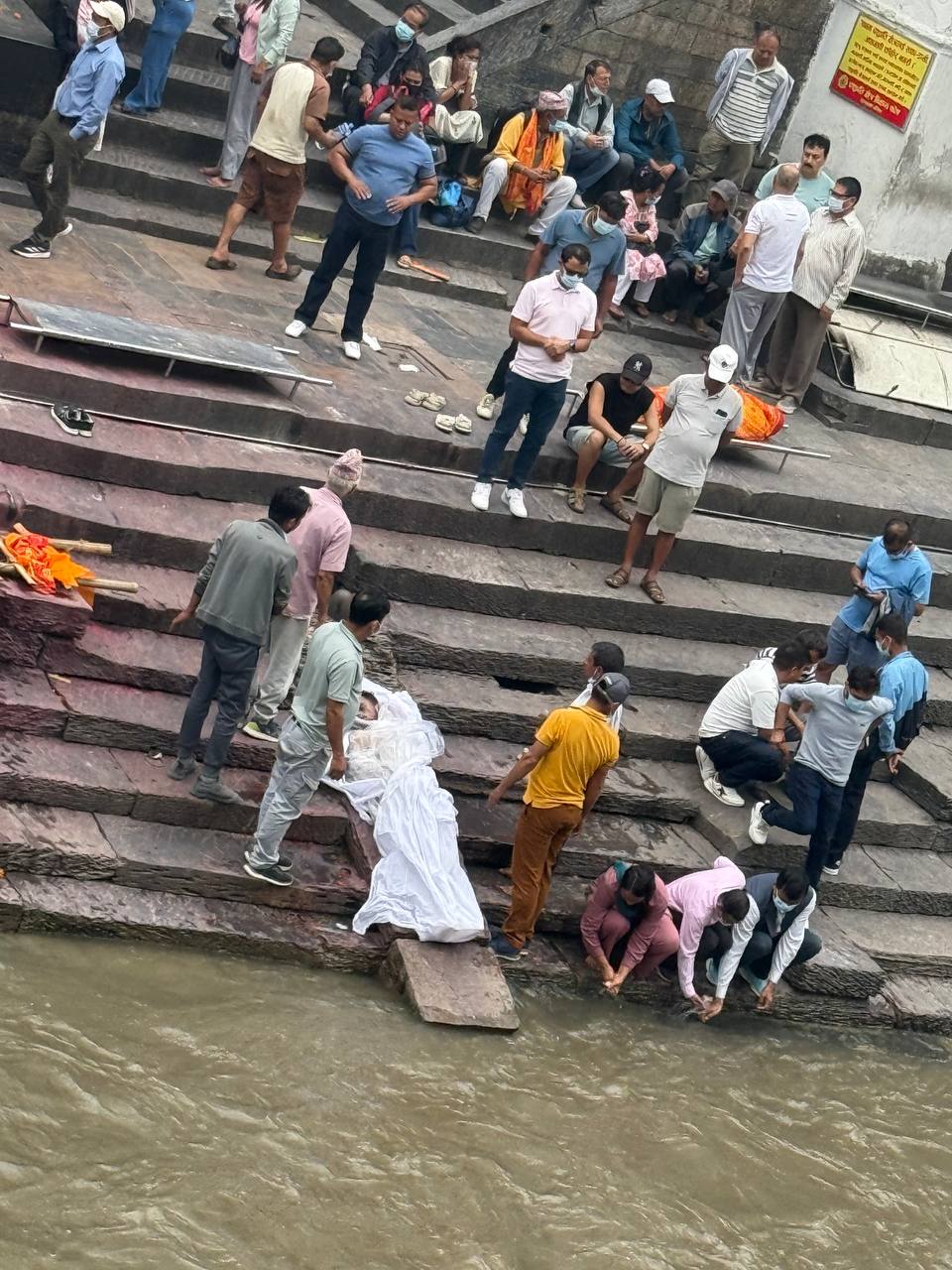

What is it like to watch?
While a bit dark and macabre the Nepalese funerals at Pashupatinath Temple also fully demonstrate the Hindu relationship to death. Far from needing to be private, it is very much a public affair where the deceased is given back to nature.
It is though still a sad affair with those present visibly and audibly mourning their dead. What is a bit crazy though is that you can also see many other funerals that have just finished (as in the burned bodies), or coming next. And while some might criticize turning this into a tourist affair, in fact foreigners are very much in the minority, with locals also coming to watch and indeed take it in their stride.
And in our opinion at least there are few better ways to really immerse yourself in Nepalese culture.
And of course this can be done on one of our Nepal Tours.





